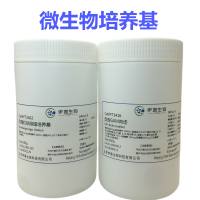Rottlerin (also called mallotoxin or kamala), is a 5,7-dihydroxy-2,2-dimethyl-6-(2,4,6-trihydroxy-3-methyl-5-acetylbenzyl)-8-cinnamoyl-l,2- chromene, a pigmented plant product isolated from
Mallotus philippinensis (
Fig. 1 ). Since 1994, Rottlerin has been used as a PKCδ inhibitor (
1 ) although the selectivity of Rottlerin in inhibiting the PKCδ isoform has been recently questioned (
2 ,
3 ) and ascribed to a likely indirect effect mediated by mitochondrial uncoupling and decrease in ATP content (
4 ). Our laboratory showed for the first time that Rottlerin can prevent, independently from PKC, the activation of the transcription factor nuclear factor κB (NFκB), induced by either phorbol ester or oxidative stress in MCF-7 cells (
5 ), HaCaT keratinocytes (
6 ) and HT-29 cells (unpublished results), whose growth resulted to be arrested because of downregulation of cyclin D1, at both the protein and mRNA levels. Although the molecular mechanism is not definitively clarified, the prevention of the NFκB activation process was likely achieved through both Rottlerin inhibition of protein kinases (
7 ,
8 ) and Rottlerin free radicals scavenging activity (
9 ). Indeed, NFκB can be activated by a number of pathways and is a redox-sensitive transcription factor for key molecules involved in inflammation, cancer progression, cell cycle control, and protection against apoptosis (
10 ).
Fig. 1 Rottlerin structure.









